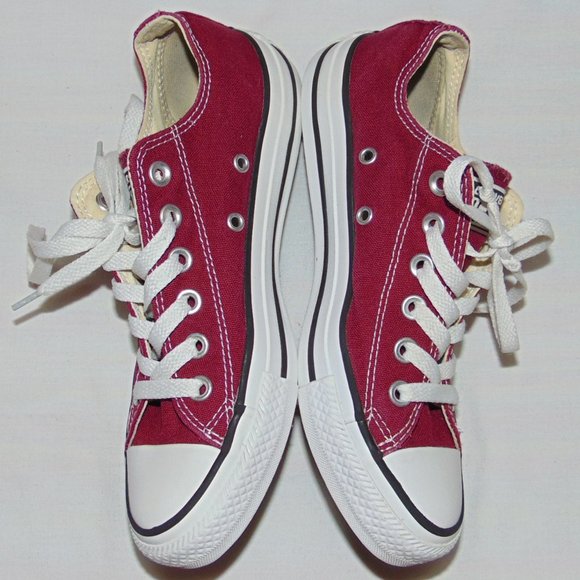
Converse Dark Red Low Tops Chuck Taylor All Star II Womens Shoes | Chuck taylors, Chucks converse, Chuck taylors high top

Amazon.com | Converse Men's Chuck Taylor 70 Low Top Sneakers, Dark Burgundy, 10.5 M US | Fashion Sneakers

Converse Women's Chuck Taylor All Star Low-Top Shoes (Red Dark, Size 8) - Women's Athletic Lifestyle Shoes at Ac… | Dress shoes womens, Top shoes, Sporty chic style

Blue / White / Dark Red Converse Chuck Taylor All Star Stripes Low Price - Discount Womens Low Top Shoes Online

Converse CHUCK TAYLOR All Star Low Top Unisex Canvas Shoes Sneakers - Dark Red #fashion #clot… | Converse chuck taylor all star, Canvas shoes, Chuck taylor all star

Converse All Star Ct Women Men Low Top Canvas Dark Red Trainers Size UK 7 EU 40 for sale online | eBay























